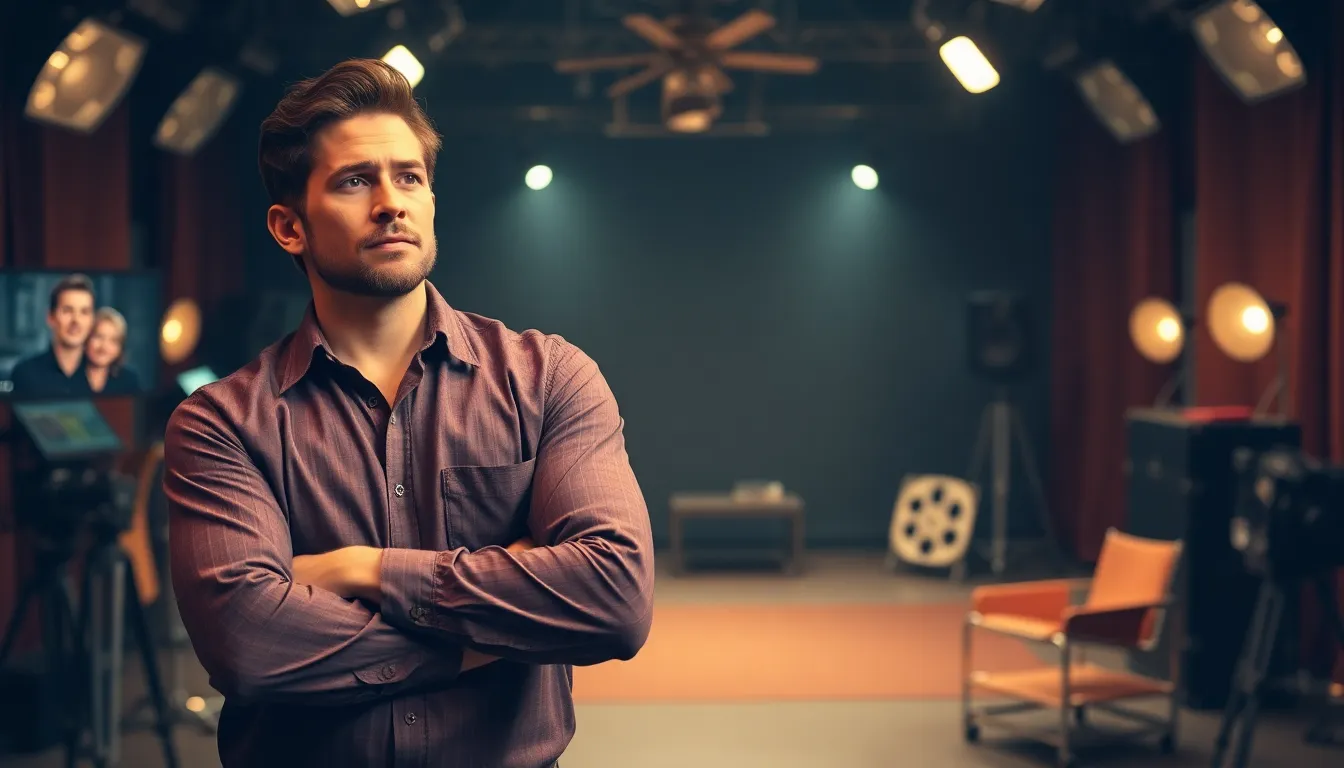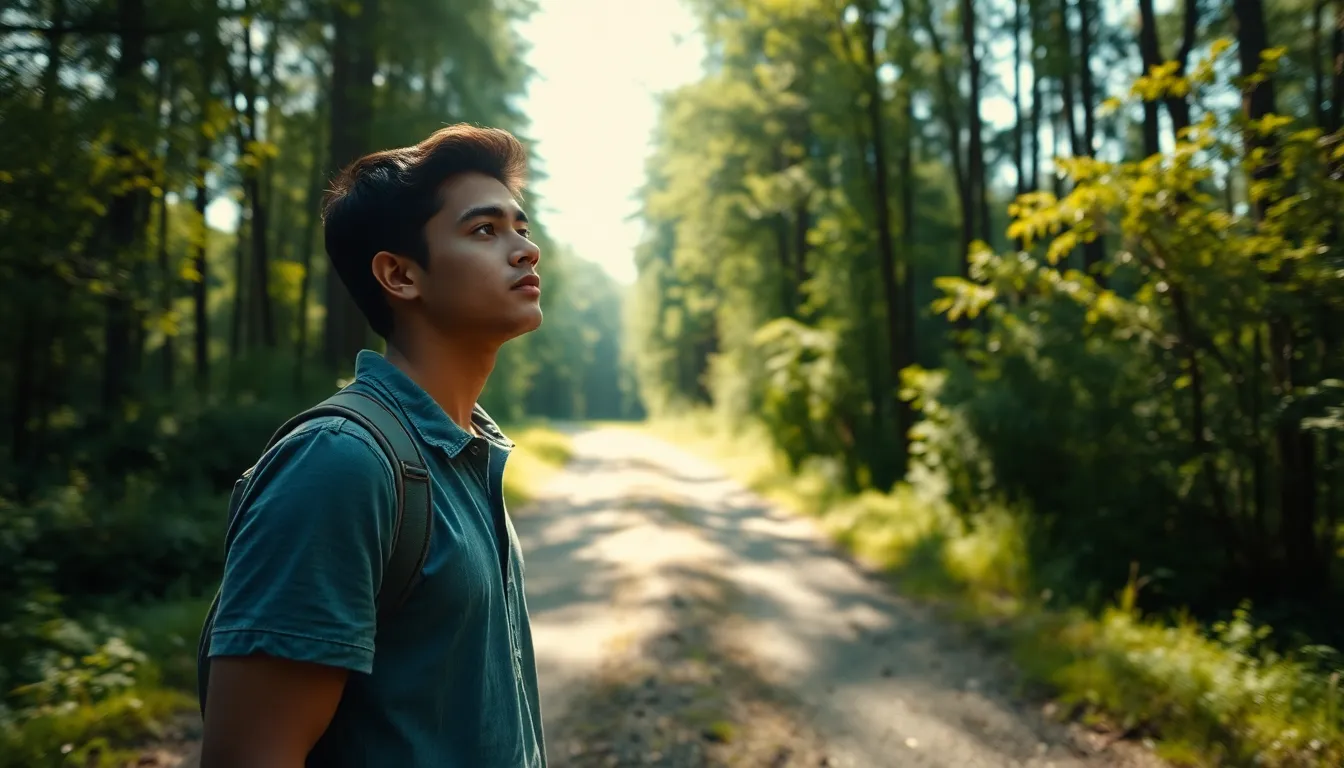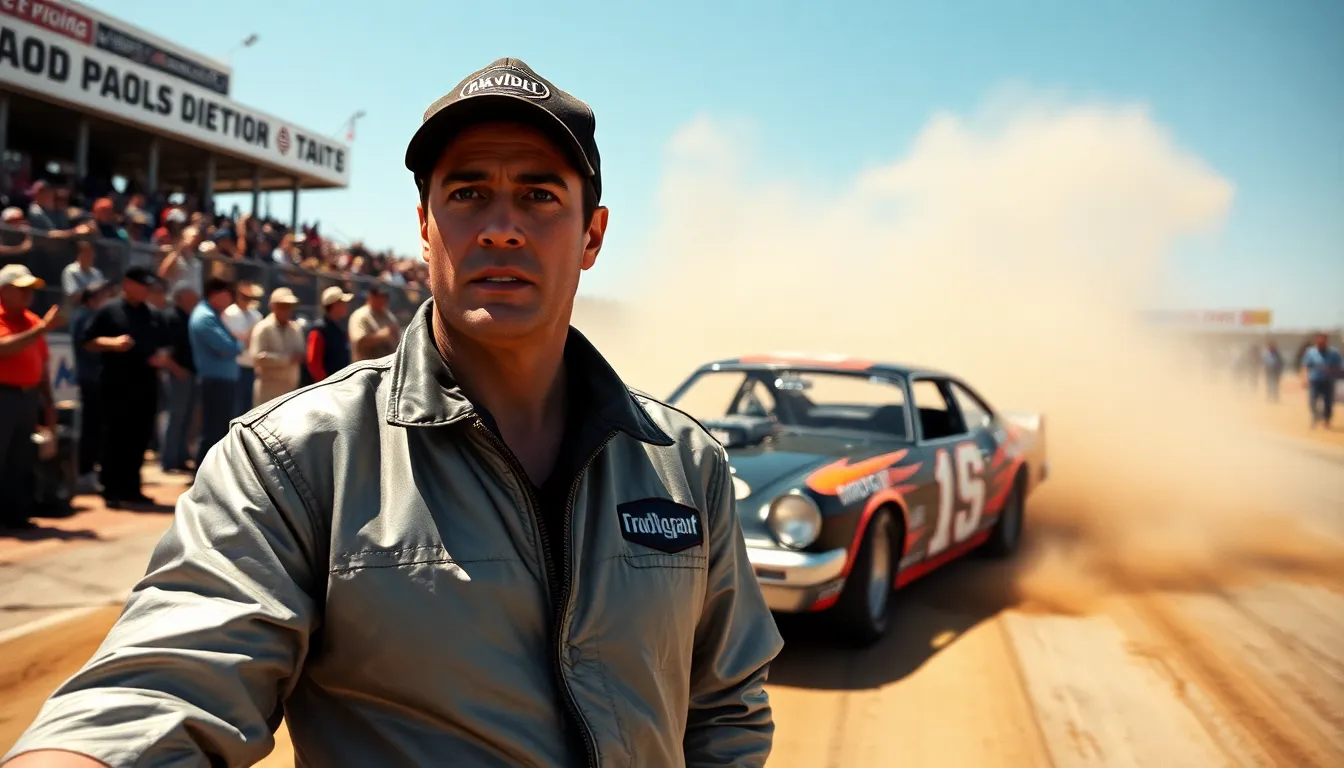Table of Contents
ToggleEvery great movie has that moment when a character goes from zero to hero—or maybe just from annoying to slightly less annoying. The magic of a well-crafted character arc can turn an ordinary film into an unforgettable experience. Audiences love to see transformation, whether it’s a timid nerd becoming a fearless leader or a villain discovering the joys of friendship.
Understanding Movie Character Arc
Movie character arcs represent the transformation characters undergo throughout a film. These arcs highlight the development of traits, beliefs, and motivations that add depth to storytelling.
Definition of Character Arc
A character arc defines the journey of a character, illustrating changes in personality or perspective. Transformations can range from internal struggles to external events prompting growth. Every arc has stages, including introduction, conflict, climax, and resolution, showcasing how characters evolve over time. For example, a character might begin as self-doubting yet end with newfound confidence. This evolution reflects the broader themes of the narrative.
Importance in Storytelling
Character arcs significantly enhance storytelling. Engaging arcs resonate with audiences, making characters relatable and memorable. Viewers often invest emotionally when experiencing a character’s growth. Essential plot developments often hinge on these transformations, connecting the audience to the story’s core message. Well-crafted arcs enable deeper thematic exploration, fostering connections between characters and their journeys. Ultimately, character arcs create a more satisfying and impactful narrative experience.
Types of Character Arcs


Character arcs in movies often fall into three categories: positive, negative, and flat. Each type showcases a different journey, contributing to the film’s overall impact.
Positive Character Arc
A positive character arc involves significant growth or change. Characters start with doubts or weaknesses yet evolve into stronger versions of themselves. For instance, a shy individual might learn to embrace their voice, finding confidence through challenges. This journey highlights resilience, reflecting themes of personal empowerment. Audiences connect emotionally with such characters, invested in their transformation.
Negative Character Arc
Negative character arcs illustrate a downward spiral, where characters lose their initial virtues. Such arcs often commence with strong traits like compassion but devolve into selfishness or antagonism. For example, a noble hero may succumb to greed, ultimately leading to their downfall. These stories explore themes of corruption and moral decline, captivating viewers with cautionary tales.
Flat Character Arc
Flat character arcs maintain consistent traits throughout the story. Characters embody unchanging ideals or beliefs, influencing those around them. A mentor often fits this mold, imparting wisdom while resisting personal transformation. These characters serve as anchors, highlighting the journey of dynamic characters. They embody consistency, providing clarity amidst change.
Key Components of a Character Arc
Understanding the key components of a character arc helps illuminate the transformative journey characters undergo throughout a film. These essential elements contribute to rich storytelling and audience engagement.
Motivation and Goals
Motivation serves as the driving force behind a character’s actions. Characters often possess specific goals they strive to achieve, reflecting their desires and aspirations. For instance, a hero might seek justice, while a villain may pursue power. These motivations create a framework for the story, guiding characters through their challenges. Clear objectives resonate with viewers, fostering emotional investment. Characters’ goals also reveal their values and beliefs, enhancing relatability. When audiences align with these motivations, they connect more deeply with the narrative flow.
Conflict and Challenges
Conflict represents the obstacles characters encounter as they pursue their goals. Various forms of challenges, such as interpersonal disputes, internal struggles, or external threats, propel the story forward. Each conflict adds tension and stakes, keeping audiences engaged. For example, a character might face betrayal from a close ally, prompting reassessment of their trust. Overcoming challenges contributes to a character’s development, exposing vulnerabilities and strengths. Adversities encountered shape personalities and define relationships, influencing how characters evolve in response.
Transformation and Growth
Transformation signifies the evolution of a character over time. This growth often emerges from the experiences and challenges characters face throughout the narrative. Characters might develop new perspectives or change their beliefs as a result of pivotal moments. A once timid individual may become assertive after confronting fears, illustrating the potential for positive change. Audiences celebrate these transformations, which enhance emotional resonance and storytelling impact. Ultimately, well-crafted arcs result in memorable characters whose journeys resonate, reinforcing themes and leaving lasting impressions.
Analyzing Famous Movie Character Arcs
Movie character arcs serve as a captivating lens through which audiences can appreciate the depth of storytelling. Both classic and modern films provide excellent examples of how character evolution plays a crucial role in plot development.
Case Study: Classic Films
In classic films, character arcs often mirror cultural values and societal expectations. Characters like Ebenezer Scrooge in “A Christmas Carol” undergo transformative journeys, evolving from selfishness to generosity. This positive arc highlights themes of redemption, resonating with audiences and encapsulating profound life lessons. Scarlett O’Hara in “Gone with the Wind” exemplifies a more complex arc, as her journey showcases resilience intertwined with selfishness. Audiences connect deeply with her struggles, illustrating how character evolution reflects human experience.
Case Study: Modern Cinema
Modern cinema presents diverse character arcs that reflect contemporary themes. In “The Social Network,” Mark Zuckerberg transitions from idealistic inventor to a morally ambiguous figure, showcasing a negative arc fraught with conflict and ambition. This complexity invites viewers to explore ethical dilemmas within technological advancement. Characters in “Wonder Woman,” like Diana Prince, illustrate a positive arc through empowerment and courage. Her journey from innocence to strength captivates audiences and reinforces themes of heroism and self-discovery. Each character’s evolution resonates, enhancing the narrative impact within modern storytelling.
Character arcs are vital in shaping memorable cinematic experiences. They not only enhance the narrative but also create emotional connections between viewers and characters. Whether it’s a journey of growth a descent into darkness or a steady influence a well-defined arc captivates audiences and drives engagement.
The exploration of different arcs reveals the complexities of human experience reflected on screen. As filmmakers continue to craft compelling character journeys they enrich storytelling and invite audiences to reflect on their own transformations. Ultimately the strength of a character arc can make all the difference in how a story resonates long after the credits roll.



